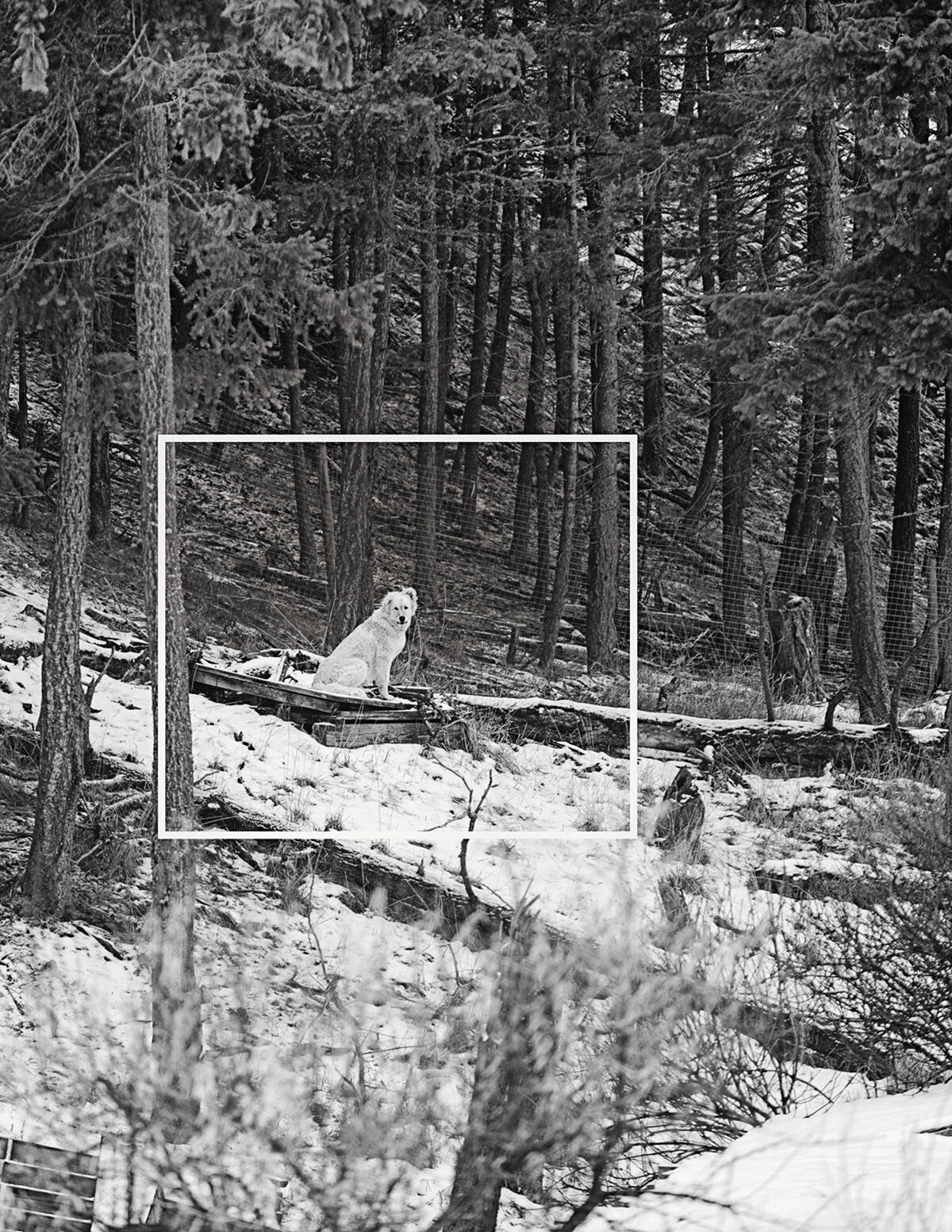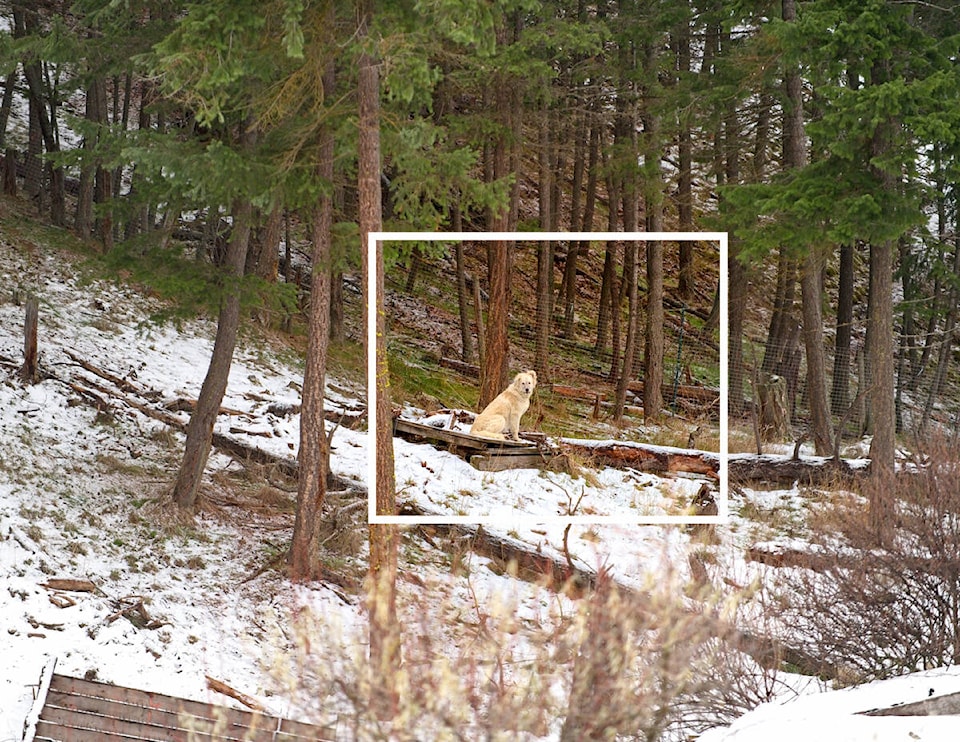Why leave things in a photograph that don’t visually discuss it?
Or to quote my friend Drew’s critique of a photograph we were looking at, “That could be a good shot, but there is so much stuff…its too busy. I wonder why the photographer didn’t crop all that out?”
Photographer Robert Capa said, “ If your photographs aren’t good enough, it’s probably because you aren’t close enough” (In 1938 Capa was referred to as the greatest war photographer in the world.)
As I wrote in my October 2020 article, my interpretation of his words is that a photograph should be about something specific, and the photographer should hone the image so that the main subject, to the greatest degree possible, is what the photograph is about, and all those elements that are left in the composition should relate to that subject.
Why leave things in a photograph that don’t visually discuss it?
When I began working as a photographer I would question photographers who I felt were successful at their craft. One I remember was a retired Canadian photojournalist (I wish I could remember his name, but the 1970s are a long time ago) He talked about pre-visualizing a photograph, and composing it with all the elements in the scene, and then stepping closer to “tighten up” (his words) the image.
His advice was from a time period when very few photographers were using multifocal or “zoom” lenses. Quality glass and sharp images depended on fixed focal length lenses, referred to as “prime” lenses in modern jargon.
I’m not going to get into a discussion of prime versus zoom lenses. Some people enjoy arguing about equipment, and they pull out charts and make lots of test shots to prove their point of view. Personally, when I select a lens it’s because I think it will help me do the best job for the work at hand.
Whether one is using a prime or zoom lens, let’s refer again to Capa’s quote, “ If your photographs aren’t good enough, it’s probably because you aren’t close enough”.
Getting closer changes the perspective and builds a relationship between the foreground and background. With a wide-angle lens features in the foreground become more important, and with a telephoto they become less important, for example, in a scenic taken with a 300mm lens things in the photograph “flatten” and appear to have equal importance.
My advice to photographers that want to make their images more interesting is to examine the many features in their composition. Start with the centre of interest, or main subject, decide what in that composition relates to that centre of interest, and step closer or “zoom in the focal length” to remove areas and features that have no relationship to, or interfere with whatever you want your viewer to concentrate on.
After marvelling at Michelangelo’s statue of Goliath-vanquishing David the Pope asked the sculptor, “How do you know what to cut away? Michelangelo’s reply was: “It’s simple. I just remove everything that doesn’t look like David.”
I’m not sure if that is a true conversation that actually occurred, but photographers can ask themselves, “do I really need to include that stuff? Then they should strive to position themselves closer (or “zoom” the lenses closer) to the subject, and only include those things that relate to the subject of the composition, as well as pre-visualize what they want to see in their final photograph.
Stay safe and be creative. These are my thoughts for this week. Contact me at www.enmanscamera.com or emcam@telus.net.
_______________
Like us on Facebook

